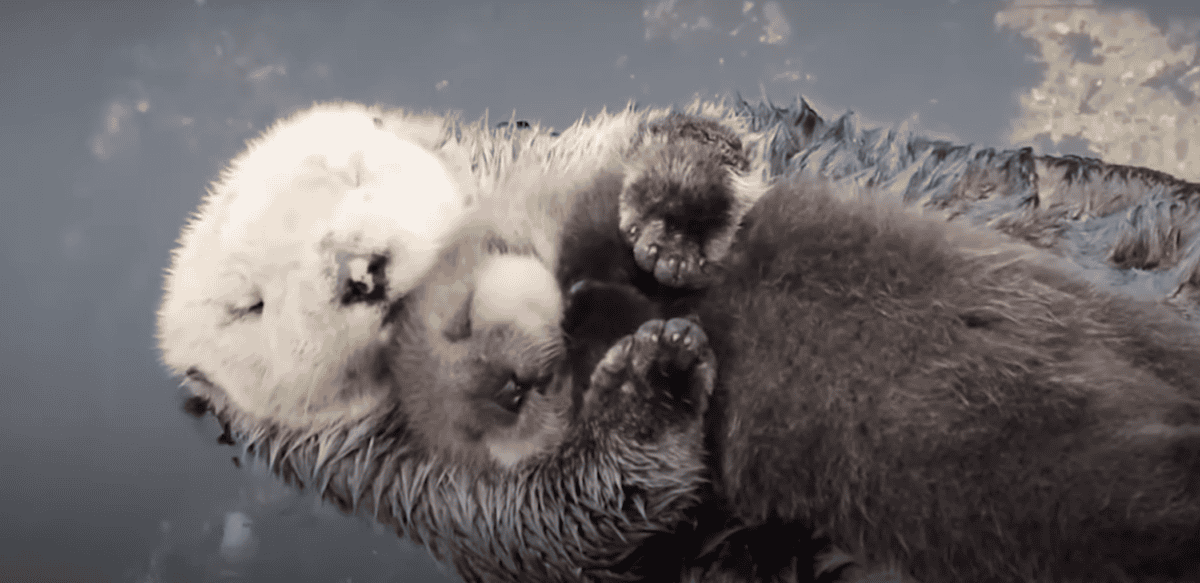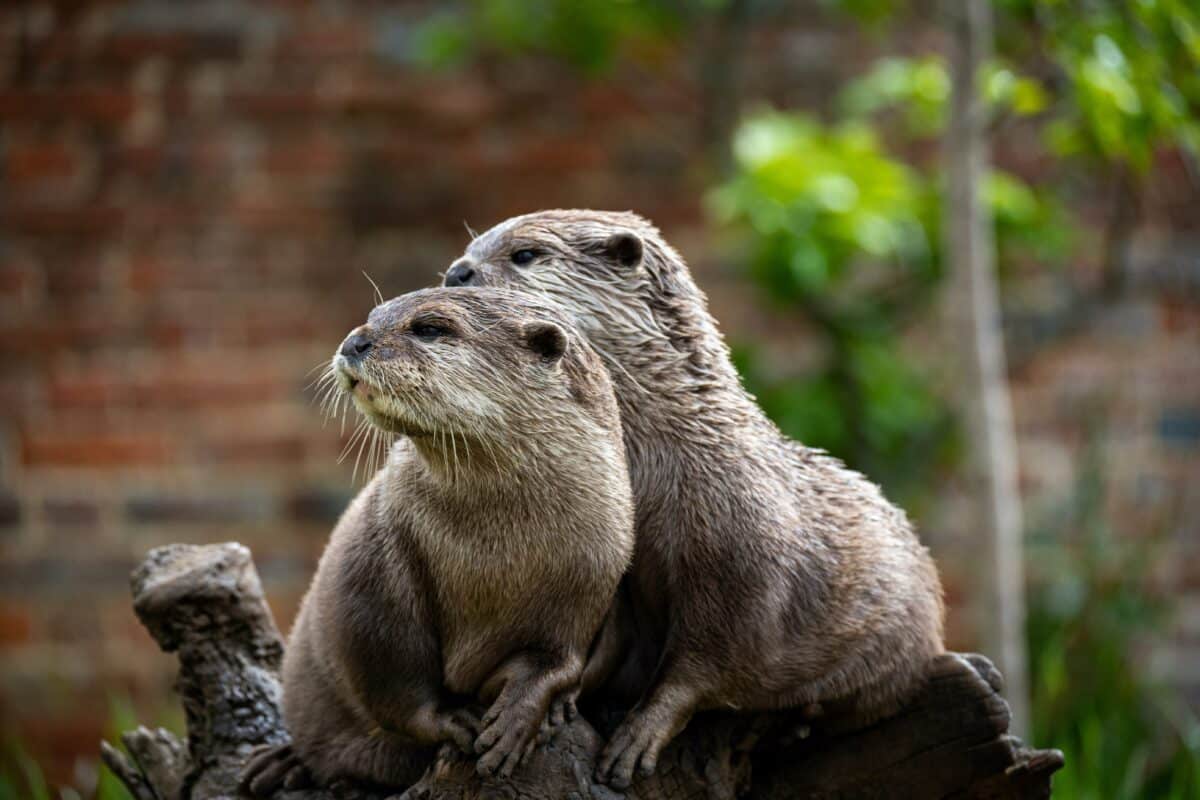Sea otters, scientifically known as Enhydra lutris, are marine mammals that inhabit the coastal areas of the northern and eastern North Pacific Ocean. Known for their playful behavior and endearing appearance, these creatures hold a significant place in both the ecological balance of their habitats and the hearts of wildlife enthusiasts. One of their most captivating behaviors is holding hands, or more accurately, linking paws while sleeping. This endearing practice has piqued the curiosity of many, leading to a widespread fascination with these charismatic animals. But why exactly do sea otters hold hands while they sleep?
The Behavioral Significance of “Holding Hands”

First and foremost, the act of sea otters holding hands serves a practical purpose: it prevents them from drifting apart while they rest. Sea otters spend a considerable amount of their time floating on their backs in the ocean, whether they’re feeding, grooming, or napping. The open ocean can be an unpredictable environment, with currents and winds posing a constant challenge. By holding hands, sea otters ensure that they remain anchored to one another, thus maintaining physical contact and cohesion within their group, known as a raft.
Kelp as an Anchor

In addition to holding hands, sea otters often anchor themselves to kelp, giant seaweeds prevalent in their coastal habitats. Kelp forests provide a secure foundation, preventing them from drifting away with the current while they sleep or rest. These two adaptive behaviors — holding hands and anchoring to kelp — are vital for the sea otters’ survival in the dynamic oceanic environment.
The Importance of Social Bonds

While the practical aspect of staying together is clear, this behavior also underlines the importance of social bonds among sea otters. They are social animals that rely heavily on their community for grooming, protection, and collaborative efforts in breeding and rearing young ones. The tactile interaction of holding hands fosters social bonds and strengthens group cohesion, which can be crucial for the survival of these animals in the wild.
Energy Conservation and Safety

Another significant reason for hand-holding among sea otters relates to energy conservation. Floating alone against currents requires more energy, whereas linking with another organism can help reduce the energy expenditure needed to maintain balance and buoyancy. Furthermore, sticking together in rafts helps safeguard against potential threats like predators and rough sea conditions, thus offering a form of collective security.
A Display of Affection?

While it’s easy to anthropomorphize sea otters holding hands as a gesture of affection akin to human behaviors, it’s important to primarily view it through an evolutionary and survival lens. However, the interaction can still be interpreted as an expression of mutual care and bonding, which parallels behaviors observed in many social animal species.
A Fascinating Creature With Practical Habits

The charming behavior of sea otters holding hands is a wonderful example of how animals adapt to their environments in complex and intriguing ways. It serves multiple purposes, from practical needs like preventing drifting to fostering social bonds and conserving energy. While the image of sea otters floating hand-in-hand is nothing short of adorable, understanding the multifaceted reasons behind this behavior enriches our appreciation of these fascinating marine mammals. As our knowledge grows, so does the importance of conserving their habitats, ensuring that such delightful behaviors can be observed for generations to come.
- 10 Most Endangered Birds in the U.S. and Where to Find Them - August 9, 2025
- 15 Tips for Managing Spider Infestations During Storm Season - August 8, 2025
- How Superstorms Have Reshaped Coastlines Over Time - August 8, 2025

